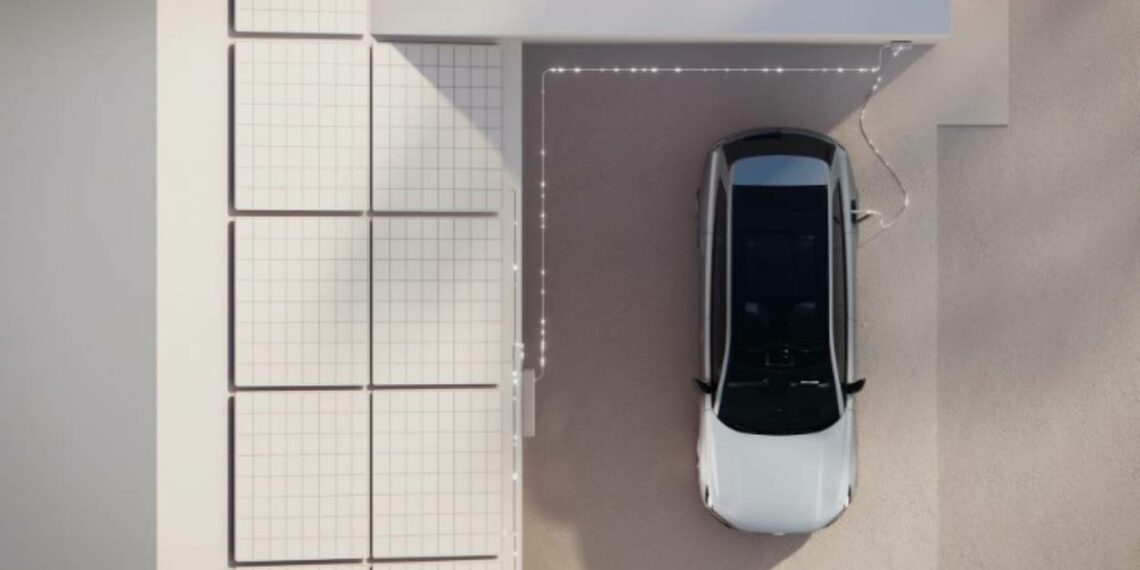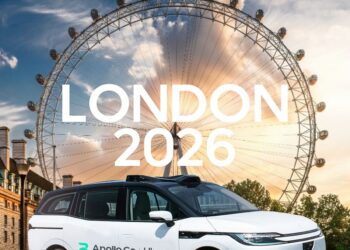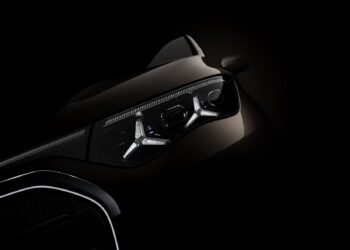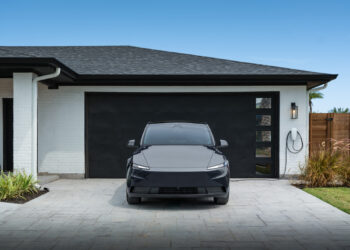Volvo Cars has announced the creation of a new business unit that will offer energy storage, charging-related technologies and services, called Energy Solutions, which aims to support the transition to electric mobility and a smarter, more sustainable and efficient energy network.
In this sense, the Swedish brand has launched, together with Göteborg Energi Nät AB, a local grid company, one of the first pilot programs for bidirectional vehicle-to-grid (V2G) charging in Gothenburg, aiming to test these technologies in a domestic environment with real customers. The pilot project deliberately uses a low-cost AC wallbox because it will help accelerate the widespread adoption of the technology.
The pilot project aims not only to gain acceptance from a grid company but also to demonstrate to other companies that V2G programs can provide tangible benefits. In addition, Volvo intends to create a testing ground for new technologies that will be crucial for the company’s future outside the labs.
“With bidirectional charging, we can use the car batteries as an extra source of energy, to supply power to homes, other electrical devices, or even other Volvo cars. The next step will be to activate this functionality throughout Sweden, hoping that this will pave the way for even wider acceptance of similar charging and energy storage services across Europe.” Alexander Petrofski, Head of Volvo Cars Energy Solutions
Volvo Cars aims to be a fully electric car company by 2030, and therefore, it will put millions of electric cars on the roads in the coming years. The company’s engineers have calculated that the total battery capacity of this new fleet will reach around 50 GWh by the mid-2020s. Although these cars will consume several TWh of electricity per year, this energy consumption is flexible and can be shifted in time through intelligent charging.
At the same time, Volvo’s fleet data shows that, on average, daily driving in Europe consumes less than 10 kWh, while 90% of all daily trips consume less than 20 kWh. This means that there is a significant battery reserve capacity that can be used for other purposes, with the possibility of financial benefits for customers and significant climate benefits.
This is where bidirectional charging comes into play: a technology that allows customers to reuse the stored energy in their electric Volvo’s battery at a later stage. V2G is one such scenario, as it allows energy to be returned to the electrical grid from an electric vehicle’s battery when electricity demand is higher – with compensation.
Over time, it is expected that Volvo Cars Energy Solutions will generate significant new revenues annually with energy-related products and services, as well as new products that were not previously offered by Volvo Cars. By doing so, Energy Solutions is destined to add value to the core business, customers’ everyday lives, and the environment.










